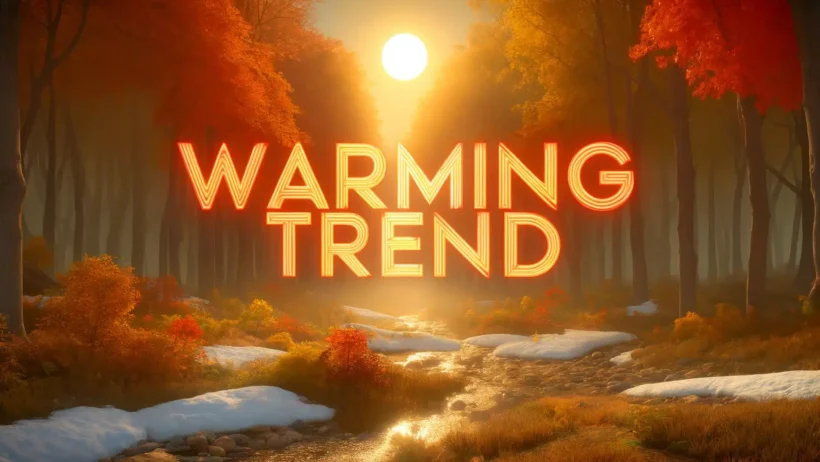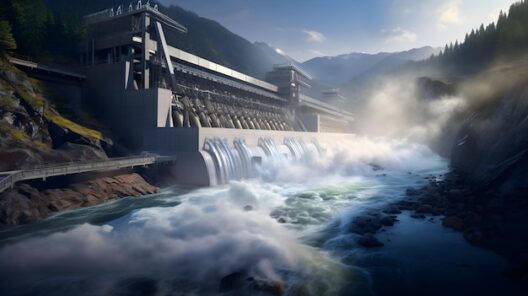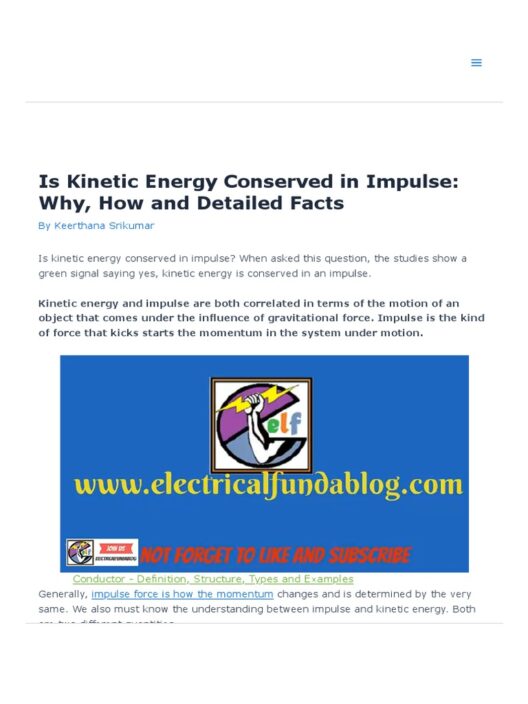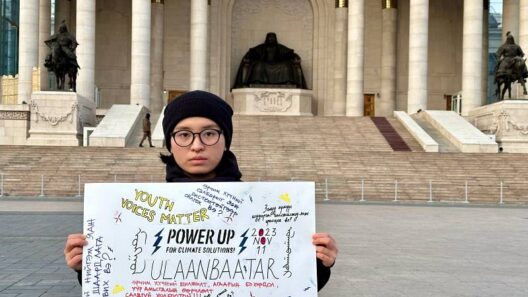As winter retreats and the once-omnipresent white blanket of snow begins to fade, the Arctic landscape reveals a stark reality of climate change. The diminishing of snow and ice cover not only impacts local ecosystems but sends ripples of concern through the entire planet. This phenomenon invites a closer examination of albedo, the measure of reflectivity of the Earth’s surface, and its critical role in the complex interplay of climate dynamics.
Albedo, derived from the Latin word ‘albedo’ meaning whiteness, is a crucial concept in understanding how the Earth regulates its temperature. Surfaces with high albedo, like ice and snow, reflect a substantial portion of sunlight back into space, while darker surfaces, such as oceans and forests, absorb more solar energy. As global temperatures rise and Arctic ice melts, a troubling feedback loop emerges where decreasing albedo accelerates warming. This creates a cascade of environmental consequences, profoundly disturbing the delicate balance of Arctic ecosystems.
To grasp the significance of this process, one must consider that the Arctic region is warming at an alarming rate, nearly four times faster than the global average. As the snow cover retreats, the darker ocean waters begin to emerge, subsequently absorbing an increased amount of solar radiation. This heat absorption leads to further melting of ice, creating a vicious cycle that not only contributes to rising sea levels but also alters weather patterns across the globe. The irony lies in the fact that while ice serves as a protective barrier against the sun’s heat, its absence results in enhanced heating, which in turn prevents the restoration of ice cover.
The cultural implications of this phenomenon are profound. For many Indigenous Arctic communities, the melting of ice and snow represents not solely an environmental change, but a direct threat to their way of life. Traditional hunting grounds, once predictably blanketed in snow, are altering, making it challenging to maintain cultural practices tied to the land. These communities are on the frontlines, witnessing firsthand the ramifications of a warming Arctic through shifting migration patterns of wildlife, modifying sea ice conditions, and the loss of familiar seasons.
Moreover, the impact of reduced albedo extends beyond the Arctic circle. The interconnectedness of Earth’s climate systems means that changes in polar regions can and do influence weather around the world. The jet stream, which is a high-altitude wind pattern that drives weather systems, can become wavier and more erratic as the temperature difference between the Arctic and the equator diminishes. This can result in prolonged weather events, such as extreme heatwaves or unseasonal blizzards, well beyond the polar regions.
Another often-overlooked aspect of diminishing ice and snow is its relationship with biodiversity. The loss of habitat for species that rely on ice, such as polar bears and seals, presents a grave risk to their populations. As their habitats shrink, these animals face increased competition for food, loss of breeding grounds, and decreased genetic diversity. Ultimately, the fate of these species serves as a bellwether for the health of the entire Arctic ecosystem.
In the context of global climate response, understanding albedo’s role highlights the importance of not only reducing greenhouse gas emissions but also of protecting and restoring polar habitats. As momentum builds towards addressing climate change, it is essential to incorporate strategies aimed at enhancing the reflectivity of surfaces. For example, initiatives that focus on preserving ice and snow, reducing fossil fuel dependency, and converting urban landscapes toward greener, more reflective materials can contribute to decreased heat absorption and a more stable climate.
The fascination with the Arctic and its fragile beauty lies not just in its breathtaking landscapes but also in the deep, intricate connections that bind this region to the rest of the planet. Each season’s transition, from the vibrant hues of summer to the serene whiteness of winter, serves as a reminder of the delicate balance of nature and the profound impact of anthropogenic influence. Observing the gradual disappearance of that white blanket forces a critical reflection on societal values and priorities. It raises questions about sustainability and our responsibility as stewards of the Earth.
As the Arctic transforms, it becomes increasingly vital to advocate for coordinated global action. The situation calls for a united front in research, policy, and grassroots movements to combat the impending threats posed by climate change. Engaging communities, fostering awareness, and mobilizing resources towards restoration efforts can catalyze much-needed change. Localized actions, when combined with robust international frameworks, can make significant strides in the fight against climate change, particularly regarding Arctic-albedo dynamics.
The fading white blanket serves as both a warning and a challenge—an urgent call to action that encompasses the intricate interplay between environmental science, cultural heritage, and planetary health. The outcome of this struggle, whether leading towards mitigation or exacerbation of climate impacts, will hinge on the collective efforts we embrace today. The time has come to truly understand the depth of our connection with the Arctic, not merely as a distant, icy land, but as a central player in the narrative of our planet’s future.








